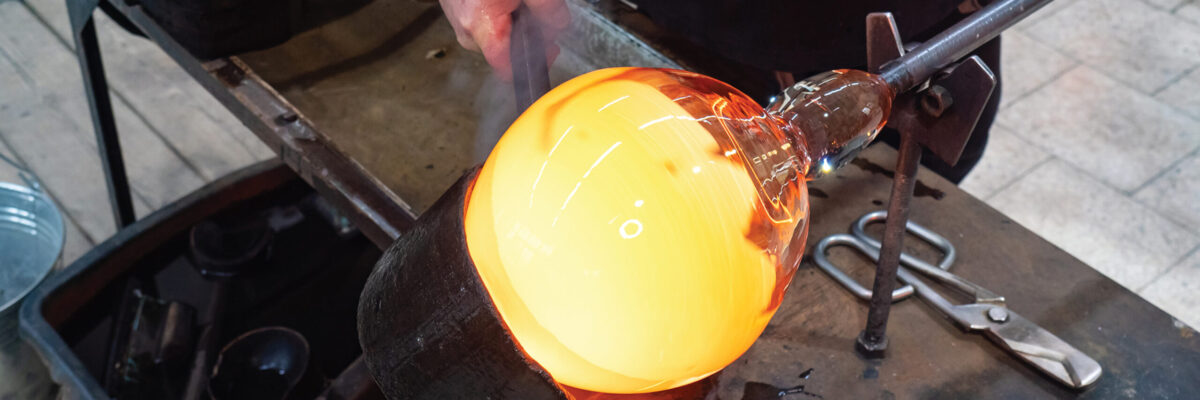
From Decline to Design: The Revival of Murano Glass Industry in The 20th Century.
A craft that have become a cherished art form, Murano glass has been enchanting us for centuries with its beauty, elegance and intricate craftsmanship. It has been a staple of the Venetian culture since the 13 th century and has been known to grace the most luxurious homes and palaces across the world.
However, after reaching its full glory during the Renaissance period, the glass industry in Murano faced several centuries of decline due to the emergence of different glass making centers around the world and the artisans’ inability to adapt to the style requirements if their own contemporaneity.
Change came after World War I, in the 1920’s, when a new breed of investors turned their attention to Murano, bringing in a new management vision that led the glass houses to re- organize themselves on the business model of the Parisian fashion houses who were working with lead designers. Subsequently, the glass houses in Murano started engaging designers, architects or painters into the glass-making process. Murano glass thus became part of the Italian design movement, with prominent designer like Carlo Scarpa or Fulvio Bianconi creating stunning pieces that combined traditional glass techniques with modern design sensibilities and contemporary functionality. The emergence of the avant-garde movement in Murano glass also saw artists and designers experiment with new shapes, colors and techniques, pushing the boundaries of what traditionally considered “Murano style”.
As a result, Murano glass witnessed an unprecedented transformation that saw the industry evolve into a global brand. Amongst the most influential glass masters of the time were Archimede Seguso, Gino Cenedese or Paulo Venini, alongside historic glass houses that had the ability to reinvent themselves, such as Salviati or Barovier & Toso.
Overall, the 20 th century was a period of great innovation and transformation for the Murano glass industry. Collaboration with artists from different fields of visual arts as well as incorporation of new techniques and styles helped revitalizing the industry, making Murano glass once again an important part of the Italian design and culture.
Stay tuned for more in depth information about how specific artists contributed to this success.
